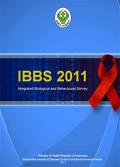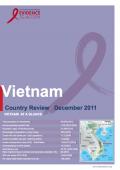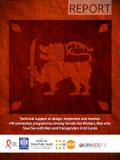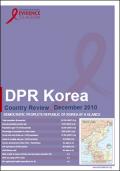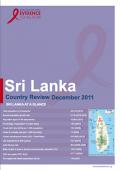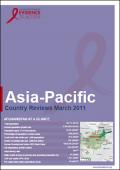Publications on Key Populations

Resource | Publications,
This project aims to inform the public health response to HIV and sexual health among men who have sex with men (MSM) and transgender (Tg) people in Fiji and assist in the development of community-based activities. The research was community-based and the survey data were collected by MSM and Tg community research assistants.
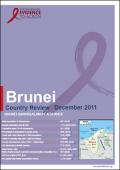
Resource | Reviews and Snapshots,
Since the first case of HIV was detected in 1986, HIV prevalence in Brunei Darussalam has remained at <0.1%; however, the number of cases continues to grow and, by the end of 2009, a cumulative total of 56 cases of HIV had been reported together with 11 new cases of HIV for that year alone.
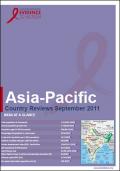
Resource | Reviews and Snapshots,
The first cases of HIV were diagnosed among sex workers in Chennai in 1986. Since then, the country has evolved from a "low" to "concentrated" epidemic; the national HIV prevalence has steadily grown, not only among key affected populations such as men who have sex with men (MSM), sex workers and injecting drug users (IDUs), but also spreading into the general population in several states.
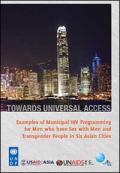
Resource | Publications,
This report describes specific examples of programme activities that seek to address HIV and promote health and rights among MSM and transgender people in six Asian cities: Bangkok, Thailand; Chengdu, China; Ho Chi Minh City, Viet Nam; Jakarta, Indonesia; Manila, the Philippines; and Yangon, Myanmar.






